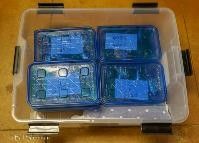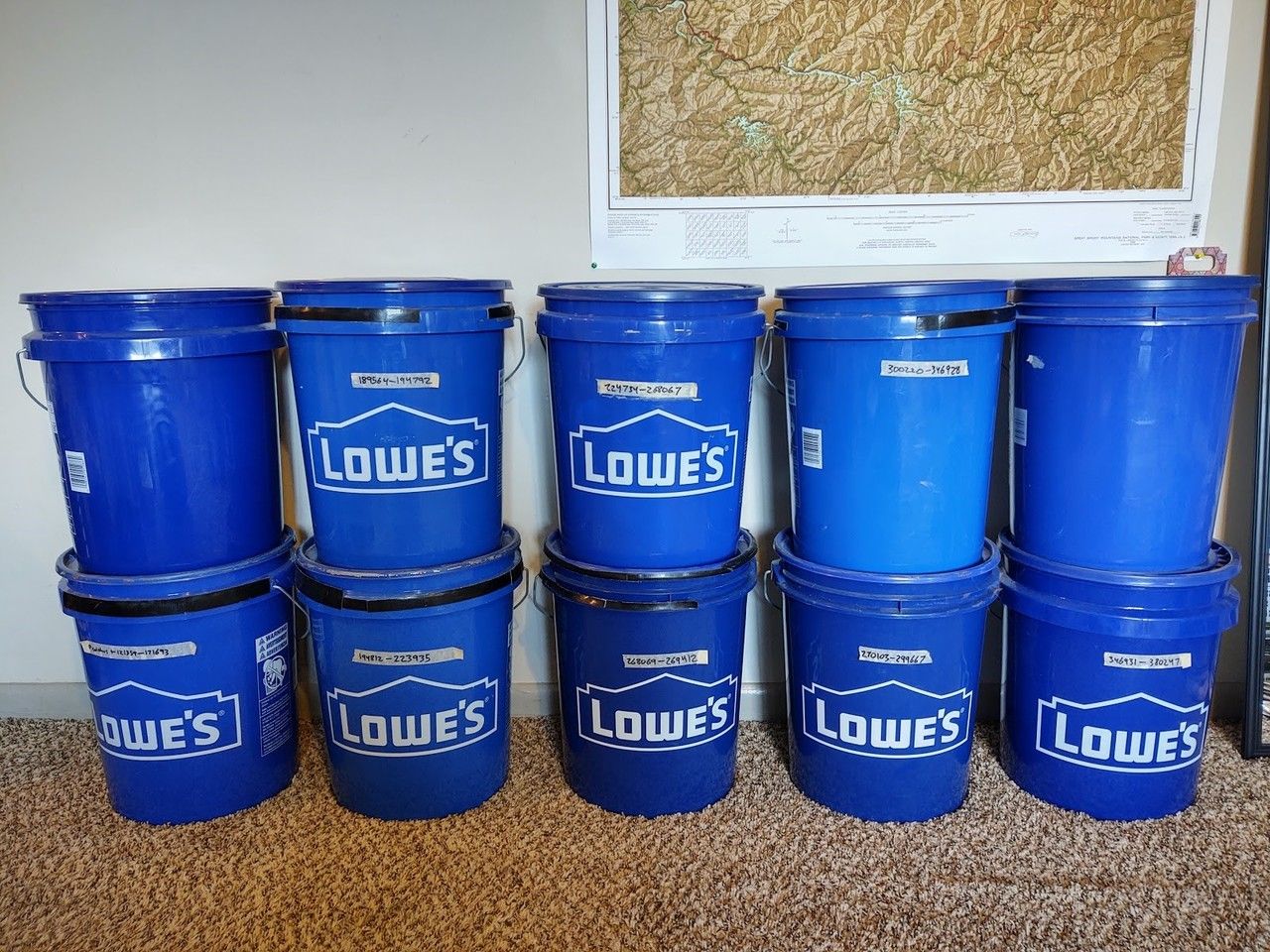Temporary Storage and Personal Herbaria
Temporary Storage & Personal Fungaria
Every attempt should be made to ensure that specimens sequenced by FunDiS projects are sent to a curated fungarium which posts their holdings on the website MyCoPortal. Then your specimens will be available to scientists interested in studying them.
But projects may need to store specimens at home for months or longer.
- Dried fungi absorb moisture from the air, causing the DNA to degrade.
- Most projects must make tough decisions about which specimens will be sequenced and save collections to take sequencing samples when they are ready.
- It may be months until the next fungarium shipment.
- Projects may choose to collect and store specimens that are not sequenced and not planned as fungarium vouchers, perhaps for later personal study.
The key is to keep specimens organized, protected and dry. Keeping them dry may require a desiccant to absorb moisture if the relative humidity is above 50%. Some dessicants, like Drierite can be reused by heating in an oven, while others, like DampRid need to be replaced. How often you need to reheat or replace your desiccant depends on how airtight your containers are, how often you open them, and local humidity.
Examples of DIY Home Fungaria
1. Bill Sheehan's fungarium
large 6-latch “Weatherproof” plastic containers, smaller containers inside for organization, and indicating silica gel beads to absorb moisture. When the beads change color (turn from blue to pink) they need to be dried in an oven or stovetop cast iron skillet. SIlica beads can be contained in loose cotton bags, old socks, mesh jewelry bags, or just added loose on the container floor. A system with four large bins that can store approximately 1,000 specimens costs around $170 in materials.


2. Jacob Kalichman's fungarium
5-gallon plastic buckets, 1-gallon Ziploc bags inside for organization, and DampRid to absorb moisture. Specimens are still in small Ziploc bags. Don’t let the DampRid touch the mushrooms or bags directly (it’ll get them wet); instead wrap it up in something breathable like paper towels. It can’t be reused, but it should last many months or even years in an effectively airtight container. Lowe’s blue buckets are pretty airtight with the included lids. 1500-1700 specimens can be stored for about $160.
12 lbs DampRid $42
10 bucket lids $20
1680 Ziploc snack bags $52

What's your system? Email info@fundis.org


